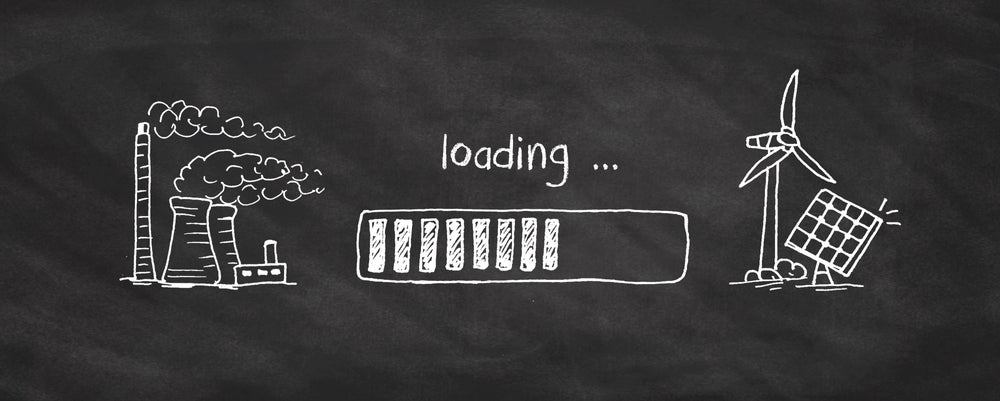Roughly every minute, USD 11 million in subsidies flow into coal, oil, and natural gas, according to the International Monetary Fund (IMF). In fact, in 2020 alone, fossil fuel subsidies were worth USD 5.9 trillion or about 6.8% of global gross domestic product (GDP). This is expected to rise to 7.4% of GDP by 2025 in stark contrast to scientific calls for a carbon neutral economy by 2050 (Parry, Black & Vernon, 2021).
Growing fossil fuel subsidies are only one example of a worrisome trend. Instead of investing in a green and forward-looking recovery with COVID-19 economic stimulus packages, decision makers are continuing to funnel public money toward unsustainable patterns of development. Without clear pathways toward decarbonized economies and innovative ways to measure economic success to capture these unsustainable patterns, existential risks to future generations increase.
In the context of a planetary emergency characterized by multiple crises—climate, biodiversity, pollution, and social inequalities—the relationship between trade and environment merits further examination. While the interactions between trade and environment are complex, pursuing policy coherence is imperative to respond to this emergency while leaving no one behind.
still-one-earth-trade-environmentTo read the original report by the International Institute for Sustainable Development, click here.

